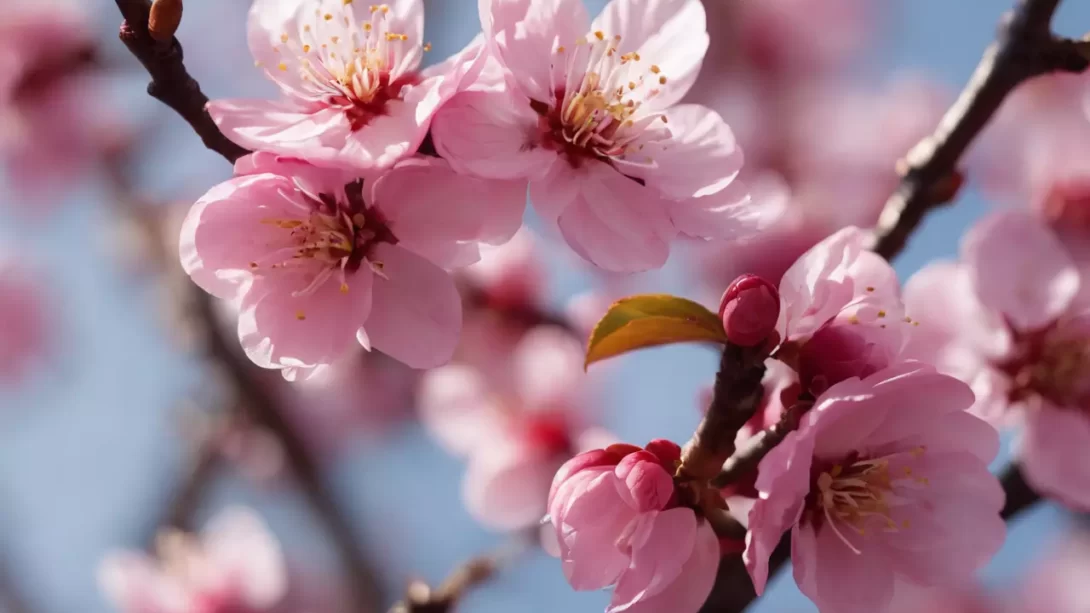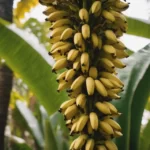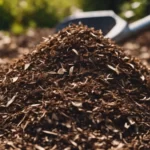Plum trees are a popular choice in many gardens and orchards, renowned not only for their delicious fruit but also for their beautiful blossoms. The blossoming phase of a plum tree is a crucial period that significantly influences the tree’s fruit production and sets the stage for the growing season. Understanding when plum trees blossom is essential for both garden planning and ensuring the health and productivity of the tree. This article will delve into the various aspects of plum tree blossoms, including the timing and factors influencing their blooming.
Varieties of Plum Trees
Plum trees come in several varieties, each with its own unique characteristics, including their blossoming periods. The most common types include European plums (Prunus domestica), Japanese plums (Prunus salicina), and American plums (Prunus americana). European plum trees typically have a later bloom period compared to the more cold-sensitive Japanese varieties. American plums, often found in the wild in the United States, also have their distinct blooming schedules. The specific variety of plum tree in your garden will largely dictate when you can expect it to blossom.
Factors Influencing Blossom Time
The timing of plum tree blossoms is influenced by several factors, chief among them being climate and geographical location. Plum trees require a period of dormancy during the colder months, followed by a certain amount of warmth to trigger blossoming. Therefore, in regions with milder winters, plum trees may bloom earlier than in areas with harsher winter conditions.
Microclimates within a garden or orchard can also impact blossoming times. Factors such as elevation, exposure to sunlight, and proximity to buildings or bodies of water can create variations in local climate conditions, affecting when plum trees come into bloom.
General Timeline for Plum Blossoms
The blossoming period for plum trees can vary significantly based on the variety and region. Generally, plum trees begin to bloom in early spring. In milder climates, this can be as early as late February or early March, while in cooler regions, blossoming might not occur until April or even early May.
- For European plum varieties, the typical blossom time is in early to mid-spring. In regions with cold winters, these trees might start blooming in late April or early May.
- Japanese plum trees, known for their earlier blossoming, often start blooming in late February to early March in warmer climates and slightly later in cooler areas.
- American plum varieties, with their adaptability to a range of climates, usually bloom in mid-spring, but this can vary based on local conditions.
The Blossoming Process
The blossoming of plum trees is a gradual process that begins with the swelling of buds as temperatures start to rise in late winter or early spring. These buds eventually burst open, revealing delicate flowers that range in color from white to soft pink. Each flower has a sweet, subtle fragrance and is comprised of five petals. The blooming period, when the tree is covered in these beautiful flowers, typically lasts for about one to two weeks, depending on the weather conditions.
Importance of Frost and Weather Conditions
Plum blossoms are particularly vulnerable to frost and extreme weather conditions. A late frost can damage the delicate blossoms, impacting the tree’s ability to set fruit later in the season. Gardeners in areas prone to late frosts should be prepared to protect their blossoming plum trees. Methods of protection include covering the trees with frost cloth or using fans to circulate air on particularly cold nights.
In addition to frost, heavy rains or strong winds during the blooming period can knock off the blossoms or hinder pollination. It’s crucial to monitor the weather and take steps to mitigate potential damage to ensure a good fruit set.
Pollination and Fruit Set
The blossoms of plum trees play a vital role in the pollination process. While some varieties of plum trees are self-fertile, many require cross-pollination from another plum tree variety to set fruit. Bees and other pollinating insects are crucial during this period, as they transfer pollen from flower to flower.
Caring for Plum Trees During Blossom
Proper care during the blossom period is crucial for the health and productivity of plum trees. While plum trees are relatively low maintenance, there are some key practices to follow during this critical phase:
- Watering: Ensure the trees receive adequate water, especially if the spring is unusually dry. However, avoid overwatering, which can lead to root rot and other issues. The goal is to keep the soil moist but not waterlogged.
- Fertilization: Applying a balanced fertilizer as the buds begin to swell can provide essential nutrients for both blossoming and fruit setting. Avoid high nitrogen fertilizers, as they can encourage leaf growth at the expense of flowers and fruit.
- Pest Control: Keep an eye out for pests that can damage blossoms and emerging fruit. Implementing integrated pest management practices, such as encouraging beneficial insects and using appropriate treatments when necessary, can help protect your trees.
- Pruning: While major pruning should be done in late winter, minor pruning to remove dead or diseased branches can be beneficial during the blooming period. This helps improve air circulation and light penetration, promoting healthy growth.
Conclusion
Understanding when and how plum trees blossom is key to successful cultivation and enjoying the beauty and bounty these trees offer. Whether you are growing European, Japanese, or American plums, knowing the particular needs of your variety and region will help you provide the best care. From the enchanting sight of spring blossoms to the delicious fruit harvested in summer, plum trees are a rewarding addition to any garden.
By paying close attention to bloom times, weather conditions, and proper care techniques, gardeners can enhance their plum trees’ health and productivity. This not only leads to a more successful harvest but also contributes to the overall aesthetic and ecological value of your garden space. Enjoy the journey of growing plum trees, from the first buds of spring to the sweet rewards of summer.



